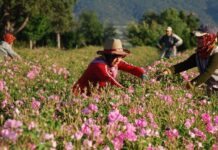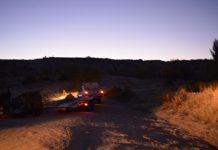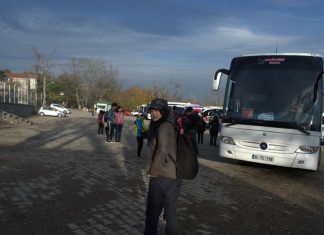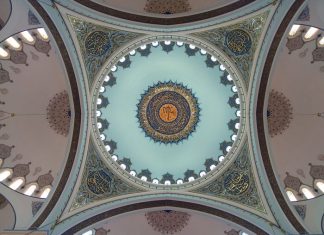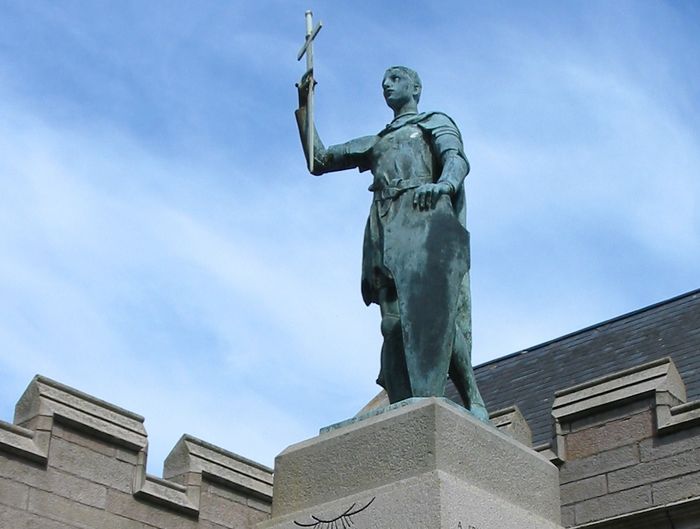The Servian (now called Serbian) language is a blend of Slavic influences, with noticeable similarities to both Russian and Greek. It is also closely related to the Bulgarian language. These linguistic ties reflect Serbia’s shared cultural and historical connections with its neighboring countries Right to Vote and Public Services.
The Cathedral and Royal Tombs
Belgrade’s cathedral is not particularly impressive in design. It has a rather ordinary appearance, although it features a tall, decorative tower in the Byzantine architectural style. What makes the cathedral significant is its role as the final resting place of two important Serbian rulers—King Miloš and his son, King Michael. The tomb of King Michael bears a simple but touching inscription: “Thy memory shall not perish.”
Another famous Serbian leader, Karageorge (the founder of modern Serbia), is buried in the mountains, in the forest where he was assassinated. King Milan, on the other hand, died in 1899 and was buried in Vienna, Austria.
Ancient Fortress at the River Junction
At the very tip of the Belgrade peninsula, where the Sava and Danube rivers meet, there stands a tall, rocky hill between 300 and 400 feet high. Its steep cliffs make it a natural stronghold. This site has been of strategic military importance for more than two thousand years. The Romans built a fortress here even before the birth of Christ, and much of their original stone wall still remains.
This ancient fortress has been used continuously for military purposes ever since. It features two sets of defenses—moats, double walls, and a central citadel—which made it nearly impossible to capture before the invention of modern artillery. From this point, visitors can enjoy one of the most beautiful views in all of Europe, overlooking a wide, scenic valley Sightseeing Tours Ephesus.
The Fortress as a Modern Prison
Today, the outer part of the fortress serves as a prison. Surprisingly, the prison is well-maintained and the inmates are treated with respect. Every Sunday, prisoners are allowed to send items they have made—such as shoes, clothing, or embroidery—to the public market. The items are sold for the benefit of the prisoners themselves.
If an inmate has a trade, such as tailoring or shoemaking, they are permitted to continue working from inside the prison. One day each week, they can receive visitors who place orders or pick up completed items. Female prisoners often do sewing or needlework. Police officers oversee the prison stall at the market and record the buyers and sale prices.
Improvements in Justice and Fair Treatment
In recent years, the Serbian justice system has improved greatly. Courts are now reported to be well-organized and fair. This reflects the country’s broader progress in modernizing its institutions while preserving its long and complex history.


